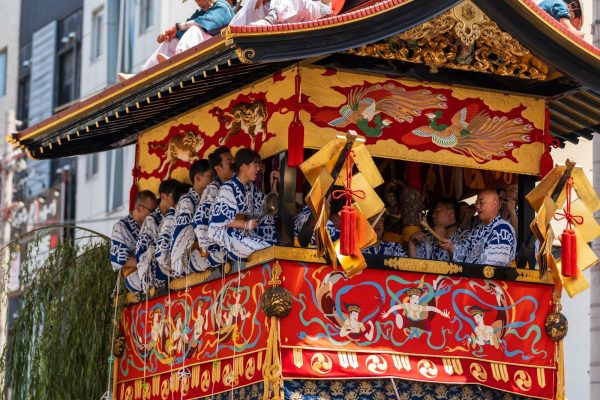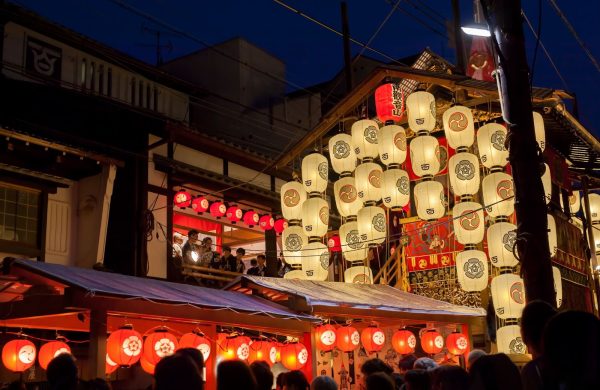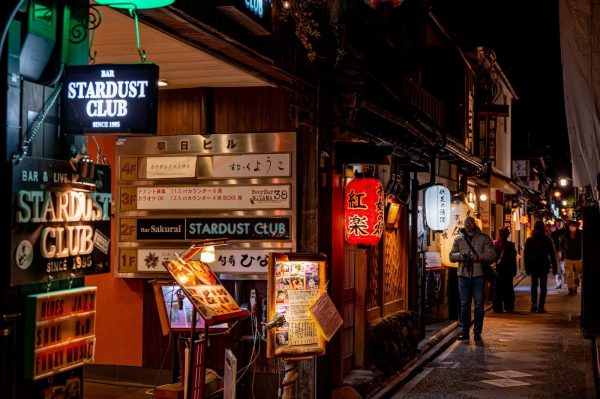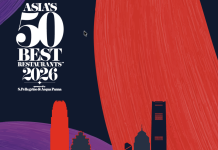SINGAPORE, 2 July 2025: If you’ve ever dreamed of visiting Japan, a July visit offers a compelling incentive — the world-famous Gion Matsuri festival, which takes place throughout the entire month in Kyoto.
Explore the historic city as the streets fill with local food, parades of lanterns, and the processions of traditional, beautiful floats.
With the above in mind, JR Pass has put together the ultimate guide to Gion Matsuri, enabling you to experience the festival in the most authentic and memorable way possible.

Three mega festivals
Gion Matsuri is one of the three greatest festivals in Japan, alongside Tenjin Matsuri and Kanda Matsuri, with its origins tracing back to 869, when Kyoto was still the capital. Spanning across the entire month of July, the most stunning feature of the event is the procession of Yamahokos on 17 July, followed by the second, smaller procession on 24 July.
Despite its name, many of the main festivities of Gion Matsuri don’t actually take place in the Gion district; instead, they take place on the other side of the Kamo River.
The floats
There are a total of 34 floats used throughout the festival, with 23 being demonstrated at the Early Festival Yamahoko Junko (17 July), and the remaining 11 being shown at the Latter Festival Yamahoko Junko (24 July). The floats journey along a three-kilometre route across the Shijo, Kawaramachi and Oike streets, with stunning viewpoints available along the roads.
The floats themselves are divided into two categories: 23 Yama floats and 10 Hoko floats. The hoko floats are particularly impressive as they can be as tall as 25 feet and weigh up to 12 tons! Each float is associated with a historical or mythological tale. Knowing even one or two can deepen your appreciation, and locals are often happy to share these stories if you ask.
Though lesser known, there are also three portable shrines (mikoshi) that are paraded on the night of the 17th, carrying deities of Yasaka Jinja to Otabisho in downtown Kyoto, where they will remain until the 24th.
The shrines represent the physical transfer of the deities from Yasaka Shrine to the Otabisho (temporary resting place) in downtown Kyoto. The mikoshi procession is the sacred heart of Gion Matsuri, enacting the movement of divine spirits into the city to bless and protect it. It’s less known to tourists, but to locals and worshippers, it’s the most spiritually meaningful part of the festival.
Traditions
Alongside the floats, the festival has also maintained its tradition of selecting a young boy to ride atop the Naginata hoko, the first float in the parade. This boy is selected as a sacred messenger to the gods, first sitting on the float on 13 July and being unable to touch the ground until the parade ends on 17 July.
Yoiyama (Night Parties)
Each of the two parades is preceded by three nights of celebration (14th, 15th, 16th – 21st, 22nd, 23rd), during which the general public can visit the floats, which are parked up in various locations throughout the city. The public can even enter some of the floats!

On these nights, the streets are packed with various food and drink vendors, allowing visitors and locals alike the chance to try the stunning home dishes of Kyoto. Look for Kyoto-style okonomiyaki, yatsuhashi sweets, or locally made kakigori (shaved ice). Many stalls are run by families from Kyoto and only operate during festivals.

You can also purchase chimaki (good luck charms). These good luck charms aren’t just souvenirs; they’re tied to specific floats and meant to ward off misfortune. Buying one directly from the float’s neighbourhood team supports local traditions and lets you engage with the community.
Furthermore, if you want to truly soak up the Japanese festival traditions, many locals welcome tourists to wear Yukatas, which have become a hallmark in Japan’s festivities. For a truly local experience, rent one and learn the basics of how to wear it respectfully (left-over-right, and a pair of getas). Some even include small accessories, such as folding fans (sensu) or drawstring bags (kinchaku).
Avoiding the crowds
As one of Japan’s most famous festivals, it’s no surprise that the event draws many people, leading to significant and often overwhelming crowds. While the parade itself is packed no matter what, there are steps you can take to avoid the largest crowds.
If you’re hoping to avoid the busiest times, consider visiting the floats in the afternoon. Most of the heavy traffic (especially teens and working adults) tends to arrive in the evening hours when the lanterns are lit and the festival atmosphere peaks.
If you want to escape the crowd entirely, take a walk to the nearby Maruyama Park. There, not only will you find fewer people, but also a stunning location to relax, enjoy a quiet snack, and decompress from the day’s festivities.
Haroun, a spokesperson from JR Pass, provides insight into the best practices for visiting the Gion Matsuri festival.
“Gion Matsuri is one of the most popular festivals in Japan, so planning is key. We recommend booking accommodation near the Shijo and Karasuma districts, as they’re within easy walking distance of most major events.
“It’s also essential to prepare for large crowds and hot summer weather. Arriving early will help you secure a good viewing spot for the parades. Don’t forget to stay hydrated, bring snacks, and take regular breaks in the shade.
“To experience the festival like a local, consider wearing a yukata. Many residents dress in traditional summer attire to celebrate. Visit the yatai food stalls, try regional specialities, and stop by the neighbourhood floats to purchase chimaki, the protective charms tied to each community.
“Finally, don’t forget to visit the rest of Kyoto while you’re there! Although the festival itself is beautiful, it’s also a good opportunity to explore everything else the city has to offer.”
Image credits: Shutterstock. For more information on travel to the festival visit: https://www.jrpass.com/.






